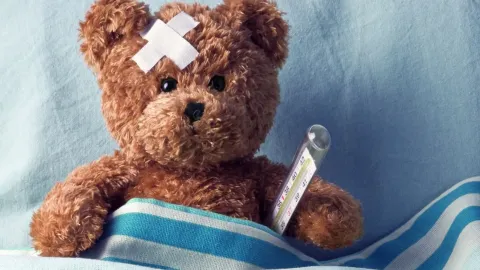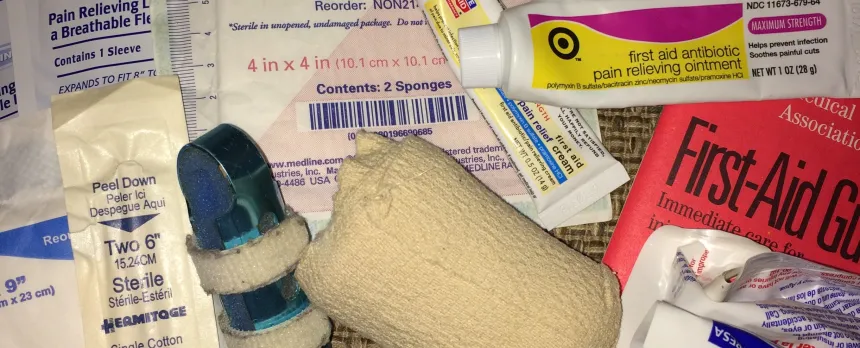3 Tips to Avoid Infections in Simple Cuts and Scrapes

Playing outside is a normal part of growing up. Whether your kids are involved in organized sports a few nights a week or just like to run around in the backyard whenever they can, exercise and fresh air are never terrible options for growing children. Cuts and scrapes are inevitable, so preventing infection is important.
The fact of the matter is that the skin is an incredibly resilient organ, and even in kids, it'll heal itself before you know it. The real threat isn't cuts and scrapes themselves, but the risk of infection they bring.
Three Tips to Prevent Infections in Simple Cuts
1. Clean the wound and your hands.
When your little one trips and scuffs up a knee or elbow, the first step in reducing the risk of infection is to clean the wound of any foreign debris that might contain bacteria. Infections only occur because germs get the opportunity to skip past the skin's outer layer and multiply in the moist, warm tissues underneath.
However, one overlooked part of this step is that your hands carry more microscopic organisms than any speck of dirt does, which means you should wash your hands thoroughly before even thinking about washing your child's cut.
2. Treat sooner rather than later
Some parents might not like to hear this, but there's no way to prevent every little, microscopic germ from getting into even the smallest cuts and scrapes. You don't have to worry, though, because that's what the immune system is for. If only a tiny number of bacteria gets into a cut, your kid's white blood cells will take care of the problem in no time.
If you have to wait for a first-aid kit or drive all the way home, you give these bacteria the chance to multiply in the wound beyond the level that any immune system could handle. That's why it's important to clean the cut as much as you can as soon as possible. Even if it's just a wipe with a wet towel and a rinse with a bottle of water, this will give the body a head start on the infection-fighting process.
Cuts might look nasty, but infections make them even worse.
3. Know when to get help
Not all cuts and scrapes are created equal. A skinned knee or scuffed elbow is one thing, but if your child took a particularly nasty fall that ripped clothing as well as skin, you need to know when your parenting skills aren't enough to clean a wound.
If you can see that any amount of fabric from clothes or other debris has made its way into the wound, you shouldn't try to remove it on your own, as you could do more harm than good. However, these kinds of cuts are at a much higher risk of infection than others, which means you should high-tail it over to your neighborhood urgent care center instead of going for the tweezers in the medicine cabinet at home.
Looking for an urgent care center? Find one here.
Source: Carewell Urgent Care
Note: The content of this blog is for informational purposes only. It is not intended for use as diagnosis or treatment of a health problem or as a substitute for the professional consultation of a physician or qualified health care provider. If you have specific questions or concerns regarding a health or medical condition, contact your physician or a licensed health care professional.




